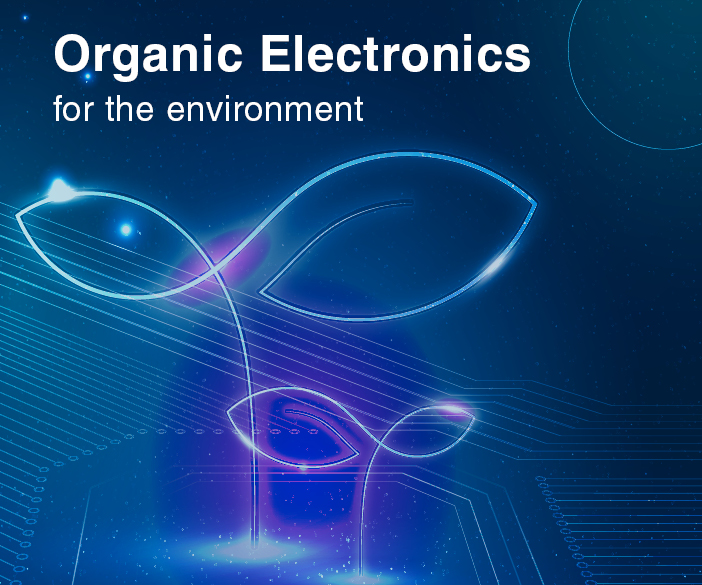
Organic electronics
What are the goals of organic electronics?
One of the tendencies that are revolutionizing the electronics sector is without a doubt that which involves the introduction of devices and components based on the use of purely organic materials.
The main purpose of organic electronics is to obtain more sustainable manufacturers, the production of which saves resources and energy. Simple production, however, is not the central focus of organic electronics. Producing sustainable components also means being able to dispose of them more easily, avoiding further damage to the environment.
The materials used in the organic electronics are based on molecular and/or polymeric organic substances, otherwise known as organic semiconductors. Their electronic and optoelectronic properties are processed through the molecular design. Compared to the material traditionally used in electronics, based mostly on silicon, organic semiconductors are characterized by their high flexibility and lightness, which makes them both less expensive and less impactful from an environmental point of view.
Obtainable technologies and applications
Three main solutions can be obtained through organic technology:
• OLED (Organic Light-Emitting Diodes). This is basis of organic light-emitting diodes, a type of electroluminescent device for which the light emission is obtained through a thin film of organic semiconductors.
The classic applications of OLEDs are monitors and displays. The organic materials used ensure a more brilliant color and light performance. The flexibility and the thinness of the materials are a feature that allow to make curved screens and foldable mobile devices, which will probably be the natural application of OLEDs in the future.
• OFET (Organic Field-Effect Transistors). Organic field effect transistors are based on molecular semiconductors. They are used in switches, where they regulate the power connection and disconnection function.
They are main applied in circuits and displays used in high performance electronic devices.
• OPV (Organic PhotoVoltaic). As the Anglo-saxon acronym suggests, these are organic photovoltaic cells, used as material for the conversion of sunlight in electricity in photovoltaic panel system. They are also classified as “donor material”, as the main vehicle of transmission thanks to their ability to absorb solar photons.

